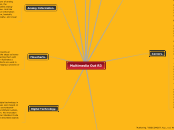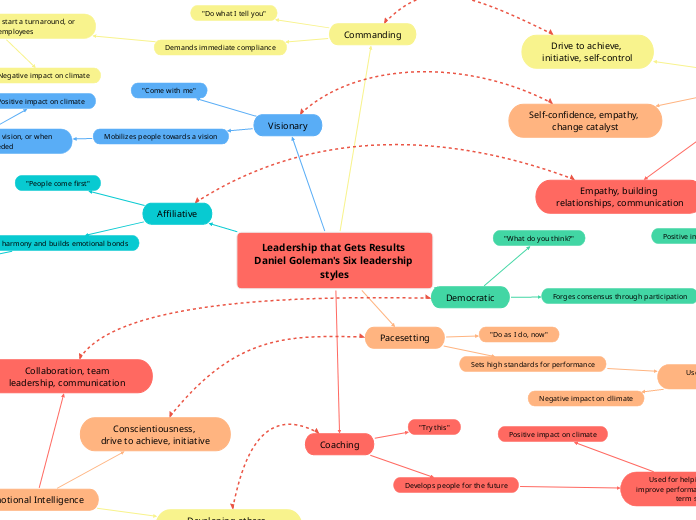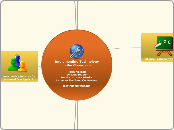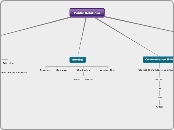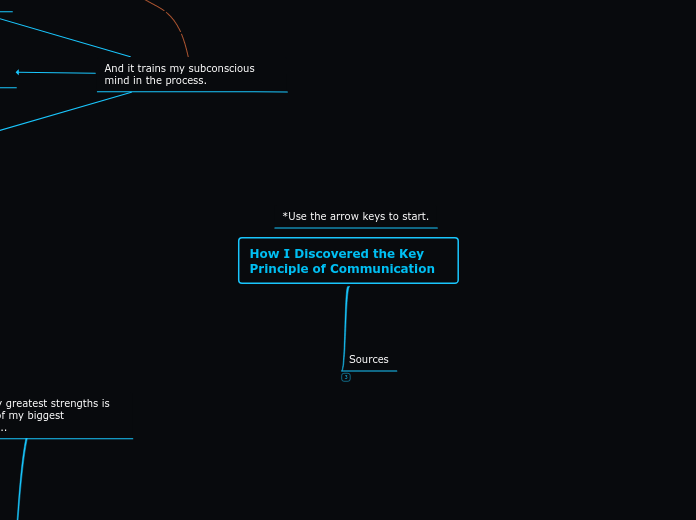av Luis Maggi för 10 årar sedan
302
Multimedia Out R3
Messages in communication often contain both content and relational dimensions. The content dimension refers to the literal words spoken, while the relational dimension encompasses nonverbal cues such as tone of voice, eye contact, and gestures.
